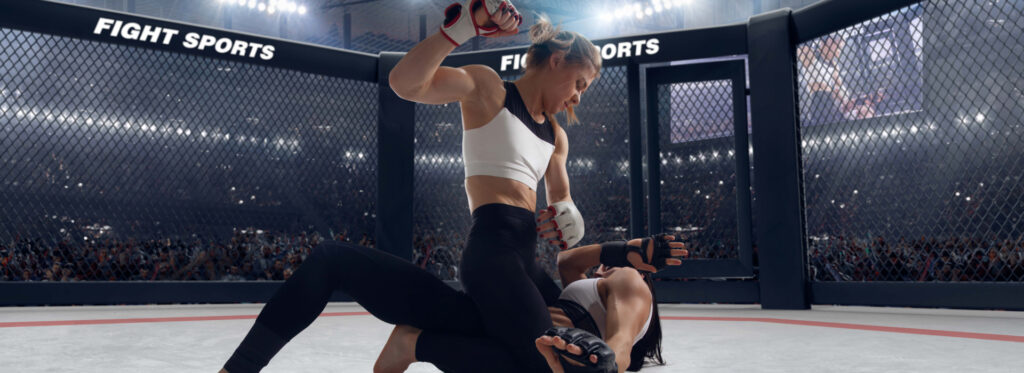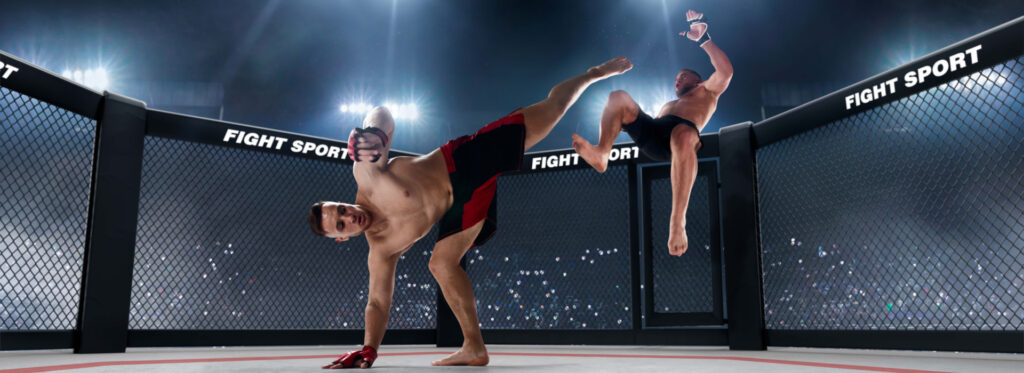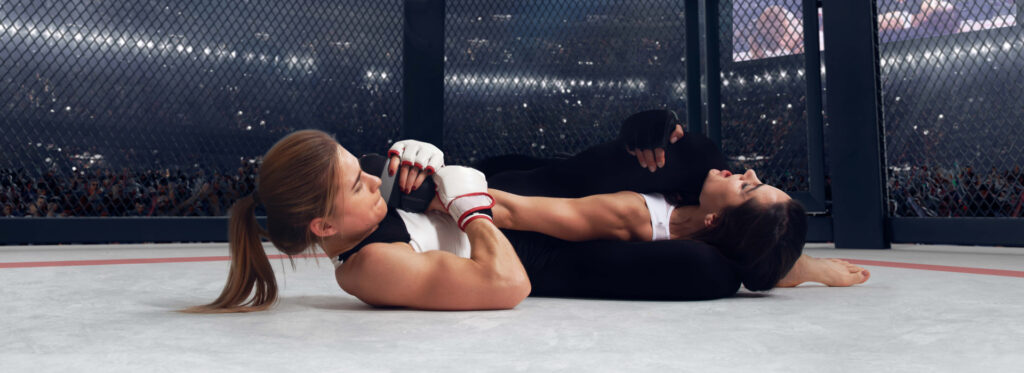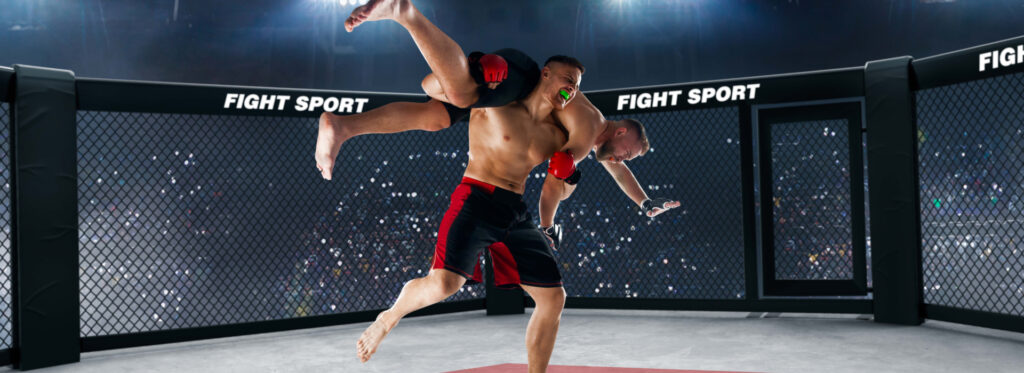The Art of Muay Thai: Thailand’s Legacy in Combat Sports

Muay Thai, also known as “The Art of Eight Limbs,” is a striking-based martial art that has captivated fight enthusiasts for centuries. Originating in Thailand, this fierce and dynamic combat sport has gained immense popularity worldwide for its combination of power, precision, and cultural significance.
Muay Thai’s Global Influence
With the rise of mixed martial arts (MMA), Muay Thai has become an essential striking discipline for many fighters competing in organizations like the UFC and ONE Championship. Its effectiveness in real combat situations has made it a favored choice among professional and amateur martial artists worldwide.
Muay Thai gyms can now be found in almost every major city across the globe, with thousands of practitioners embracing its rigorous training regimen. Beyond its effectiveness as a combat sport, Muay Thai is also renowned for its physical and mental benefits, improving endurance, strength, and discipline.
Muay Thai’s origins can be traced back to ancient Siam (now Thailand) during the 13th century. Initially developed as a battlefield skill for warriors, it became a formalized sport over time, deeply ingrained in Thai culture. The earliest forms of Muay Thai were practiced by soldiers and used in warfare, but as the nation saw prolonged peace, it transformed into a competitive sport, often showcased during festivals and royal ceremonies.
During the Ayutthaya Kingdom (1350–1767), Muay Thai gained national recognition, with competitions held in honor of kings and nobles. Fighters at that time wrapped their hands with hemp rope, a practice known as “Muay Boran,” which increased the intensity of strikes. These contests were brutal, often resulting in severe injuries, but they were widely respected as a demonstration of skill and bravery.
The Art of Eight Limbs
Unlike Western boxing, which primarily utilizes fists, Muay Thai is distinguished by its use of eight striking points—fists, elbows, knees, and shins. This versatility makes it one of the most complete and effective stand-up striking arts in combat sports.
Key techniques in Muay Thai include:
- Teep (Push Kick): Used to maintain distance and disrupt an opponent’s rhythm.
- Elbow Strikes: Considered one of the most devastating weapons in Muay Thai, capable of causing knockouts and deep cuts.
- Clinch and Knees: A signature aspect of Muay Thai where fighters engage in close-range combat, delivering powerful knee strikes while controlling their opponent.
- Low Kicks: A strategic method to weaken an opponent’s movement and balance by targeting the legs.
The Modernization of Muay Thai
The evolution of Muay Thai into its modern form began in the early 20th century. Western influences led to the introduction of boxing gloves, standardized weight classes, and a formal ring setting. This transition helped Muay Thai gain international recognition and facilitated its growth beyond Thailand.
The establishment of the Rajadamnern and Lumpinee stadiums in Bangkok during the 1940s became the sport’s pinnacle venues, hosting legendary fights that shaped Muay Thai history. Fighters such as Samart Payakaroon, Dieselnoi, and Saenchai became household names, demonstrating the fluidity, skill, and dominance required to excel in the sport.
As Muay Thai continues to gain global recognition, efforts are being made to standardize rules and bring it to the Olympic stage. Promotions such as ONE Championship and the WBC Muay Thai League are working towards increasing its mainstream appeal by offering larger prize pools and international exposure.
Despite its evolution, Muay Thai remains deeply rooted in Thai culture, with traditional Wai Kru ceremonies and respectful customs still practiced before every fight. Whether as a sport, a self-defense system, or a fitness discipline, Muay Thai continues to inspire and shape the next generation of fighters worldwide.





Responses